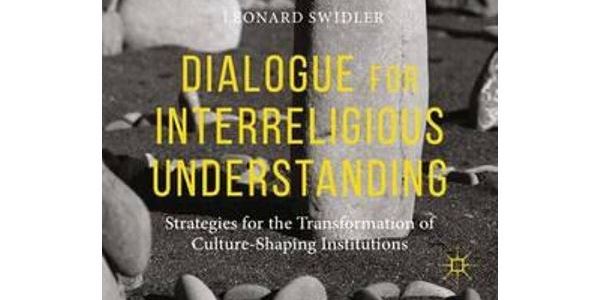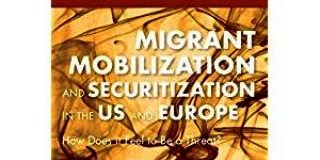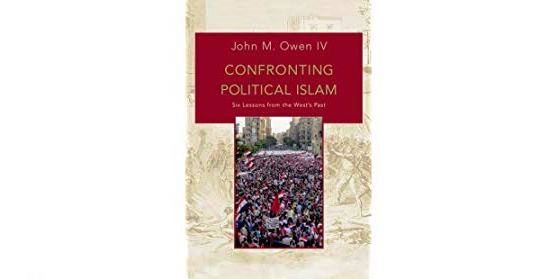
To Download click here.
How to Cite:
DAG, E. A. (2018), ‘BOOK REVIEW: Dialogue for Interreligious Understanding: Strategies for the Transformation of Culture-Shaping Institutions’, Journal of Global Analysis, 8(1): 91-93.
Leonard Swidler
Dialogue for Interreligious Understanding: Strategies for the Transformation of Culture-Shaping Institutions
(New York: Palgrave MacMillan, 2014), ISBN: 978-1-137-47118-5, 212 pp., £23.
Leonard Swidler has been researching the practice of interreligious, intercultural and inter-ideological dialogue since 1957 when he started researching the ecumenical dialogue between Catholics and Protestants. He then has approached the dialogue with other Christian and non-Christian groups (p.3). In this particular book, he aims to demonstrate to his readers, his personal commitment to dialogue by mapping out the theoretical and practical implementation of inter-religious, inter-cultural and inter-ideological dialogue. The principles, rules, and strategies for achieving this aim are discussed throughout his book. According to him the fundamental principles for such a dialogue are as follow: Deep-Dialogue, Critical Thinking, Emotional-Intelligence, and Competitive Cooperation (DCEC; which he describes as four dimensions of one humanity). Therefore Swindler’s book approaches such type of dialogue from the perspective of the fundamental principles of DCEC and this is helpful to both researchers and practitioners in the field.
The book has four parts. In the first part, Swidler lays out the general information and guides for DCEC. He explains some concepts (i.e. religion, dialogue) before moving on to the theoretical ground of such a dialogue. His reading of these concepts can be identified as pluralistic reading. For example, when he explains what religion is he uses the term ‘Ultimate Reality” which is mainly used by pluralist theologians to describe the relations between human being and sacred. He describes religions as ‘ways’, “the way of living of life” (p.19). So, for him, different ways encounter each other through dialogue. The epistemological assumption underlying dialogue for Swidler is that “Nobody knows every thing about anything” (p.12). Thus the first goal of interreligious dialogue for the partners is “to learn something about the ultimate meaning of life that they did not know solely from their own religious perspective” (Ibid). Swidler proposes the cosmic dance of dialogue of 6H(s); dialogue of the Head (cognitive or intellectual), Hands (illative or ethical), Heart (affective or aesthetic) in Harmony to live a Holistic life, which is what religions mean that we should be Holy (p.15 and 38).
Swidler lays out a general explanation of DCEC. He thinks three “W” questions are necessary for Deep-Dialogue. “What precisely is meant by the term used? Whence is the source of the claim made? Whither its implications?” (p.35). Following that, Swidler explains ten basic rules that ground the interreligious, intercultural, and interideological dialogue (p.48-50 and chapter 8). Swidler concludes this part by providing a Dialogue Decalogue and its pastoral application.
In part two, Swidler lays out the theoretical ground of DCEC. He introduces documents that may be used in “seminars, retreats, workshops, courses, and the like” which are designed for “training leaders in various fields and grassroots practitioners at all level” (p.72). In this part, Swidler mainly aims to address DCEC by providing 1- its background; 2- its underlying theory; 3- ten principles that articulate it; 4- its three facets; 5- its global application; 6- its seven stages; and 7- an online course which puts all other process into practice (p.72). He lays out 31 exercises in which he uses all the principles and strategies he has evaluated so far. Eventually, Swidler aims to reach Competitive-Cooperation as the final goal by using other elements of DCEC (p.103). This is useful to practitioners as well as researchers who would like to explore the matter further.
In part three, Swidler spells out some of the implications of DCEC, particularly applying it to “whole child” education and Law and Ethics. The first three chapters of this part are devoted to the whole child education. In the first chapter of this part, Swidler promotes education in harmony with the skills of DCEC. He believes that when we proceed in the way of DCEC, “we promote a more meaningful, coherent, and integral life”. (p.132-133) He believes that education should be the primary means of promoting and cultivating the skills of DCEC. So, he proposes a renewed integral education which applies DCEC skills to various academic disciplines such as reflective arts, languages, scientific understanding, moral and political education, peace studies and liberal arts. To support his ideas, in the second chapter of this part, Swidler gives a successful training report of a pilot group of primary teachers and administrators, which used DCEC in their education model in 2001. The third chapter of this part outlines seven stages of DCEC applied to the teachers involved in the whole child education. The following chapters give a general explanation and description of a Universal Declaration of Human Rights. They also incorporate an outline of his personal thinking and his own revision of Global ethics in which he promotes the idea that religions can come together on a common ground. There is a parallel to be drawn between this line of argument and his general pluralistic opinion. Finally, Swidler stresses the importance of the relation between Law and Ethics in the last chapter of this part. Therefore, the third section of the book approaches the influence that DCEC would have on other areas of research and development, which is useful for teachers, and school leaders who would like their students to learn skills of DCEC.
Part four outlines some of the potential applications of DCEC. Swidler lays out an eleven-step program to DCEC. He believes that this does not “just lead to a successful dialogical encounter, but one beginning with a full embrace of Deep-Dialogue/Critical-Thinking/ Emotional-Intelligence/Competitive-Cooperation” (p.185). He later outlines a detailed 32-hour step-by-step program designed for business leaders. Over all, this book provides mainly a practical ground of Swidler’s long dialogue practice. It offers very good strategies to those who would like to practice interreligious dialogue either individually or institutionally. Those who do not aim to put this book into practice may find it difficult to follow, as there are too much enumerated principles, methods, and strategies. However, this book can be one of the fundamental works for those who want to practice dialogue but do not know where to start. Moreover, there are not only principles and methods, which should be followed but also the answer to the question of why dialogue is necessary in our global world throughout the book. Hence, this book is a useful tool for those that aim to practice dialogue whilst providing an in-depth discussion of the principles underlying this concept.
Esra Akay Dag
Sakarya University
esraakaydag@sakarya.edu.tr



